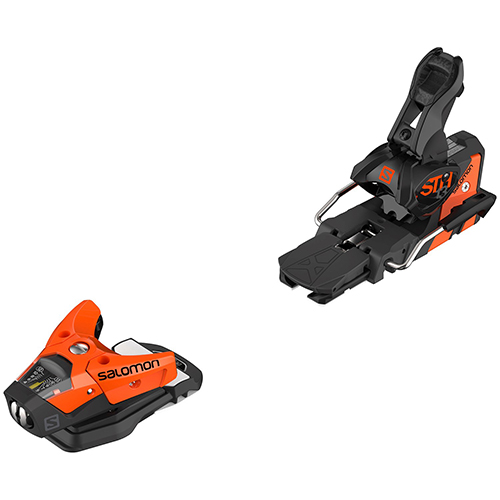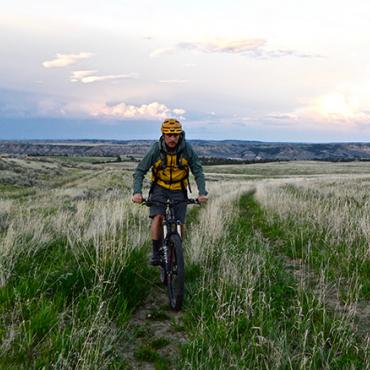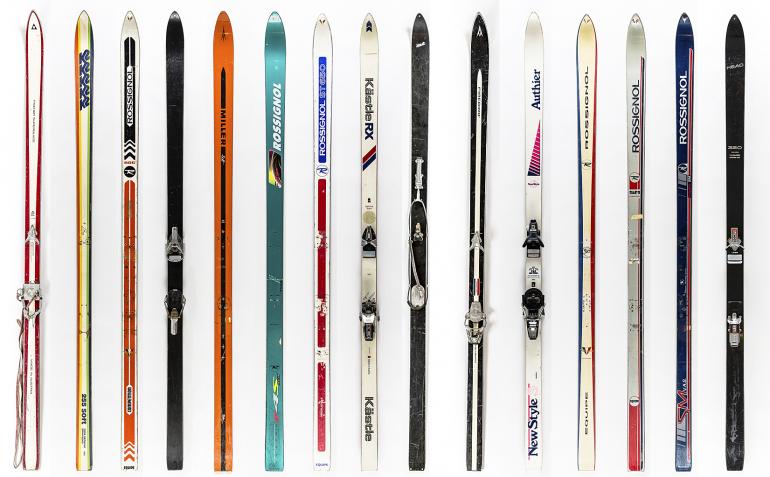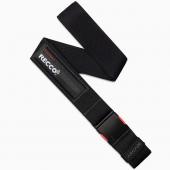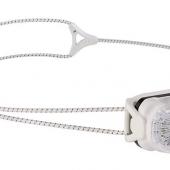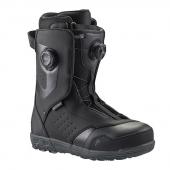Review: Thin Is In
Shrinking our waistline, one ski at a time.
94—ROMP
It wasn't long ago that a 94-underfoot ski was considered fat. These days, you'd get called out for skiing twigs if you showed up with a pair—trust me, I speak from experience. But the joke's on your hecklers; most days at the ski area, a 94mm ski is more than enough. A perfect case in point is Romp 94. On a recent afternoon at Bridger, after a three-inch dump had softened things up a bit, the Romps had their way with everything from cut-up groomers to tree-protected powder stashes. They're able to float in soft snow because of their subtle tip rocker, but once things got any deeper than a couple inches, they swam around a bit. Nine times out of ten, however, you won't be skiing untouched pow at the resort. That's why you'll appreciate their hold on edge. They carved groomers with precision and got side to side quickly. For the beefier ski, they're not heavy, meaning you can swing their flat tail sideways in Bridger's tight chutes without much extra effort. Those same flat tails make for confidence-inspiring stability at speed, another nice characteristic.
While I tested Romp's stock 94s, all their models are customizeable, allowing you to choose from several material options to best suit your skiing needs. The stock Romps are $750; further pricing available at rompskis.com.
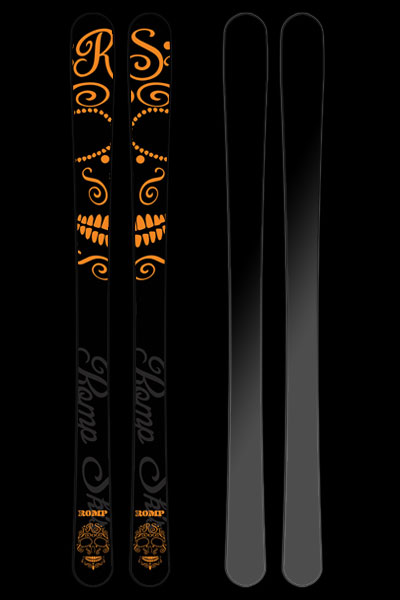
QST 92—Salomon
If 94 underfoot is considered skinny, then 92 must be downright emaciated. But the QST 92s from Salomon felt anything but, thanks in large part to an oversized shovel in the tip. At their widest, the QST 92s measure 130mm, giving them lots of extra floatation in untracked snow. Slight tip and tail rocker increases their ability to float in powder, and makes them a great front-side choice for all but the deepest days. They have a short turning radius at 17 meters, meaning you can whip them sideways to shed speed in steeps or navigate through tight trees. Honeycombed Koroyd material in the tips and tails further cuts down on weight, and your knees will certainly thank you.
Because they handle everything from six inches of fresh to chalky bumps, the QST 92s are quickly becoming my daily driver. As much as we'd like to think that every day is going to be a foot-deep powder day, the reality is we rarely ski untracked snow. Like everyone else, I got caught in the fat-ski craze, with my narrowest setup measuring 108 underfoot. When it dumps mid-week and no one else gets the memo, those skis are fantastic. The other 99% of the time, something thinner and more agile, like the QST 92s, is more appropriate. $550; salomon.com.
T STH2 WTR 13—Salomon
Along with the QSTs, I grew up and got a more appropriate alpine binding, Salomon's T STH2 WTR 13. While the name could use a little work, the performance speaks for itself. The binding's low profile keeps you close to the snow, which makes for more efficient power transmission edge to edge, and gives you a better feel for changing conditions when things are variable. This model employs Salomon's patented WTR feature, meaning they're compatible with a wide range of boot-sole types. $230; salomon.com.
